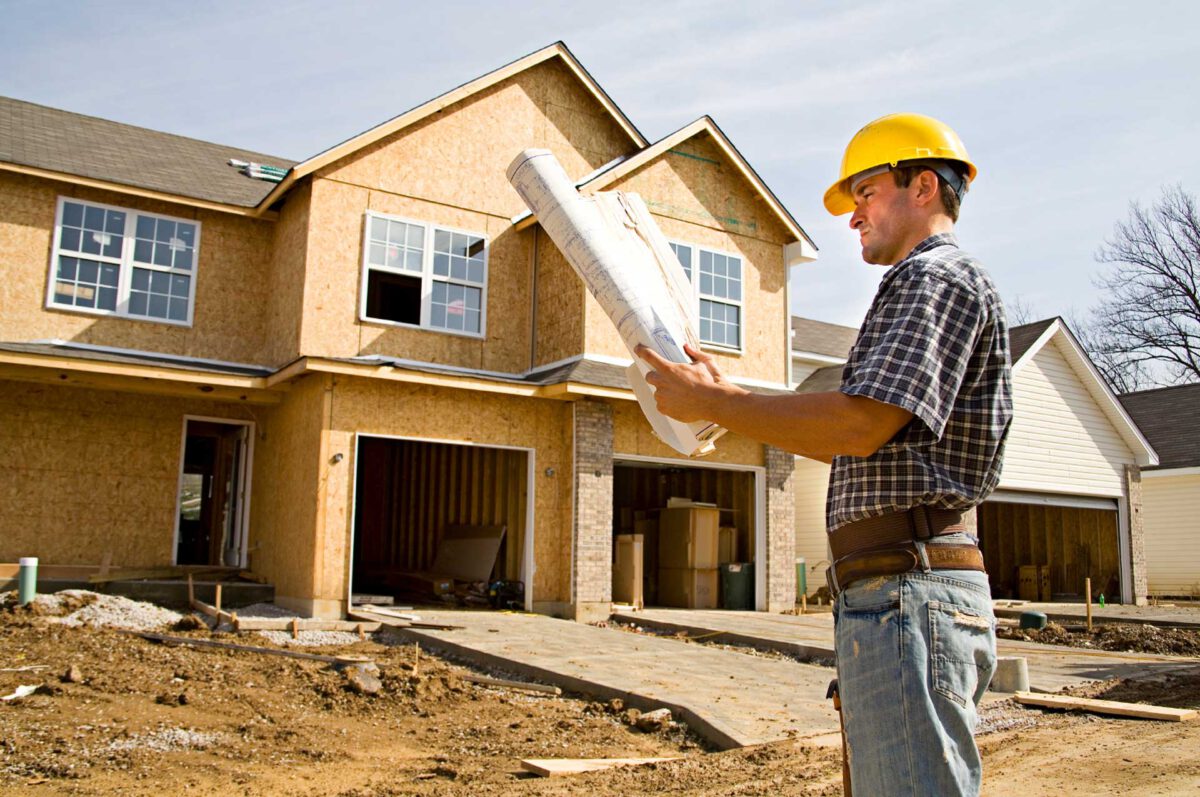1. Always insist for Earthquake resistant building design. To make a building Earthquake resistant, first check the seismic zone in which it falls. Zone V is most earthquake prone zone while Zone II is least seismic zone. Recently Bureau of Indian Standards (BIS) that issues various ISI Codes, has merged Zone I with Zone II. Get the building designed as per IS 1893 guidelines. This code has undergone significant changes after Bhuj Earthquake and design methodology has been revised. Ask your structural engineer to use the new code instead of adopting the old design methods.
2. In general, to make the building earthquake resistant, use the RCC column beam structural framework. Provide beams network at plinth level, door level and roof level. Try to restrict the number of storeys of the building in earthquake prone area. Avoid terrace gardens, swimming pools on the roof. Avoid heavy water tanks as these make the top of building heavier causing more effect of earthquake on it. These measures will help a lot in making the building earthquake resistant.
3. To make the building more earthquake resistant, see that the foundations are safer with respect to type of soil below the building. If wall length is more than 20 feet, provide a pillar in it. Try to keep doors and windows away from corners by at least 2 feet. Stagger the laps provided in the reinforcement steel. Prefer a strong column weak beam combination to a strong beam weak column combination. Keep the dimension of the side of columns as minimum one foot. Don’t keep the size of doors and windows as too large. Restrict the number and size of openings. Provide reinforcement around them to avoid torsional effects. Make large beams doubly reinforced to take care of reversal of stresses.
4. Avoid construction of car parking without walls at ground level, below the multi-storied buildings as is done in most of group housing society schemes and apartments. These open parking spaces are called soft stories or stilts and these make the buildings more earthquake prone.
5. Design completed, major materials arranged, now construction is to be taken in hand. Often, the house builders are confused whether to get the work done on daily basis or contract basis. Divide the construction of your house in five parts. First part is structural work that includes foundations, walls, lintels, floor or roof slabs and parapets. Get it done on contract basis. Second part is finishing work including plaster, flooring, painting and allied works. Get it done on daily basis. Third part is woodwork. Buy wood, get it seasoned and treated and get the woodwork done on daily basis. Fourth part is plumbing work. Buy the materials for it yourself and get it done on labour contract basis. Fifth part is electrification. Get it done on contract basis. This system will provide you with a fairly good combination of economy and quality.
6. Follow the following Cement Sand mortar ratios for the construction of your house. These ensure good strength and are fairly safe and economical.
Masonry in Foundation 1:7
Masonry above DPC 1:6
4.5″ thick walls 1:4
Masonry top 2 courses 1:4
Inside Cement plaster 1:6
Outside Cement plaster 1:5
Ceiling plaster 1:3
External pointing 1:2
Flush pointing on tiles 1:2
Brickwork in parapet 1:5
7. Follow the following concrete ratios for construction of your house. These are strong and economical enough unless the building has more than 3 stories and has exceptional features:
P.C.C. in foundation 1:6:12
R.C.C. in foundation M20
DPC 1 : 2 : 4
Lintels and projections M15
Beams and Slabs M20
Columns M20
Framed structure M20
Pathway panels 1 : 2 : 4
More tips will follow next week. Till then, happy building!


